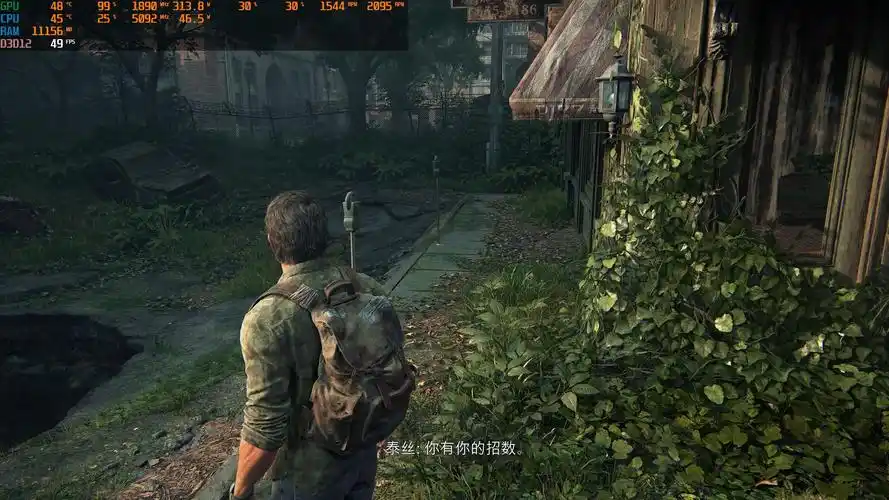Title: Navigating New Realities: The 'Place Missions' DLC for Street Sign Installer Simulator VR

Virtual Reality (VR) has long promised to transport users to worlds beyond their imagination, but some of its most compelling applications are found not in fantasy realms but in the meticulous simulation of real-world professions. Street Sign Installer Simulator VR carved out a unique niche by transforming the seemingly mundane task of erecting traffic signs into an engaging, tactile, and surprisingly meditative experience. Its newly launched DLC, Place Missions, expands this universe significantly, not just by adding content, but by fundamentally redefining the player's role from a simple installer to a crucial urban planner. This expansion is a masterclass in leveraging VR’s strengths to teach design, spatial awareness, and consequence.
The core game excelled at its core loop: players received a work order, drove to a location, dug a post hole, mixed and poured concrete, assembled the sign, and secured it in place, all using intuitive motion controls that made wielding a shovel or a wrench feel satisfyingly real. The Place Missions DLC introduces a critical new first step: decision-making. Instead of being handed a precise set of coordinates, players are now presented with a problem. A mission brief might state: "Reduce speeding on Elm Street" or "Improve pedestrian safety at Oak Avenue intersection." The player, armed with a digital catalog of signs—from standard stop signs and speed limits to more specific pedestrian crossings, yield signs, and even complex chevron alignment signs for sharp curves—must now determine the best solution.
This shift is transformative. It moves the gameplay from pure simulation to a hybrid of simulation and puzzle-solving. The VR interface is key here. Using a wrist-mounted tablet, players can pull up a map of the area, study traffic flow data (presented through simple, clear graphs), and even view simulated traffic from a bird's-eye perspective to identify problem spots. The real magic happens when you step into the virtual space. You physically walk the street, using a tape measure tool to gauge distances from curbs, ensuring sightlines are clear for drivers, and checking for obstructions like trees or other signs. The act of kneeling down to see a sightline from a driver’s perspective is an immersive detail that flat-screen games could never replicate with the same impact.
Once the ideal location is chosen, the familiar installation process begins, but it now carries the weight of your own choice. The anxiety of drilling into the virtual pavement is palpable. What if you measured wrong? What if a tree branch will obscure the sign in the spring? The DLC cleverly incorporates a testing phase. After installation, you can activate a traffic simulation that shows cars and pedestrians navigating your newly configured area. The immense feeling of pride when traffic slows down and crosses safely because of your correctly placed sign is a powerful reward. Conversely, the gut-punch of seeing a near-miss because your sign was placed too late on a curve provides a direct and immediate feedback loop that is both educational and motivating.
Place Missions also greatly enhances the game's replayability and sense of progression. The DLC features a campaign mode across a new district, "Northgate," with increasingly complex challenges. Early missions might involve placing a single, obvious sign, but later ones require orchestrating an entire system of signs for a multi-lane roundabout or a school zone with crosswalks and flashing beacons. The game introduces a grading system based on effectiveness, cost (using cheaper signs where possible is rewarded), and adherence to official traffic engineering guidelines, which are accessible in an in-game manual.
Beyond the campaign, a "Free Placement" mode unlocks, turning the entire game map into a sandbox. Players can tackle self-identified traffic issues or simply strive to perfect the city's signage according to their own design philosophy. This mode is where the DLC truly shines as an educational tool, fostering an appreciation for the invisible language of road signs that governs our daily commute.
From a technical standpoint, the DLC is seamlessly integrated. The controls for the new planning tools are intuitive, layering onto the existing control scheme without clutter. The performance remains smooth, which is critical for maintaining VR immersion, especially when using the new first-person perspective traffic simulation tool.
In conclusion, the Place Missions DLC is far more than just extra levels; it's a substantial evolution of the original game's concept. It successfully uses the immersive power of VR to teach players not just how to install a sign, but why and where. It replaces instruction with intuition and manual labor with mindful planning. It transforms the player from a blue-collar worker into a civic problem-solver, offering a deep, respectful, and engaging look into the unsung art of traffic engineering. For fans of simulation games and VR enthusiasts alike, this expansion solidifies Street Sign Installer Simulator VR as a standout title that finds profound depth in the details of everyday life.
Tags: #StreetSignInstallerSimulatorVR #VRGaming #SimulationGames #DLCReview #PlaceMissions #GamingInnovation #VirtualReality #TrafficSimulation #GameDesign #IndieGames


















